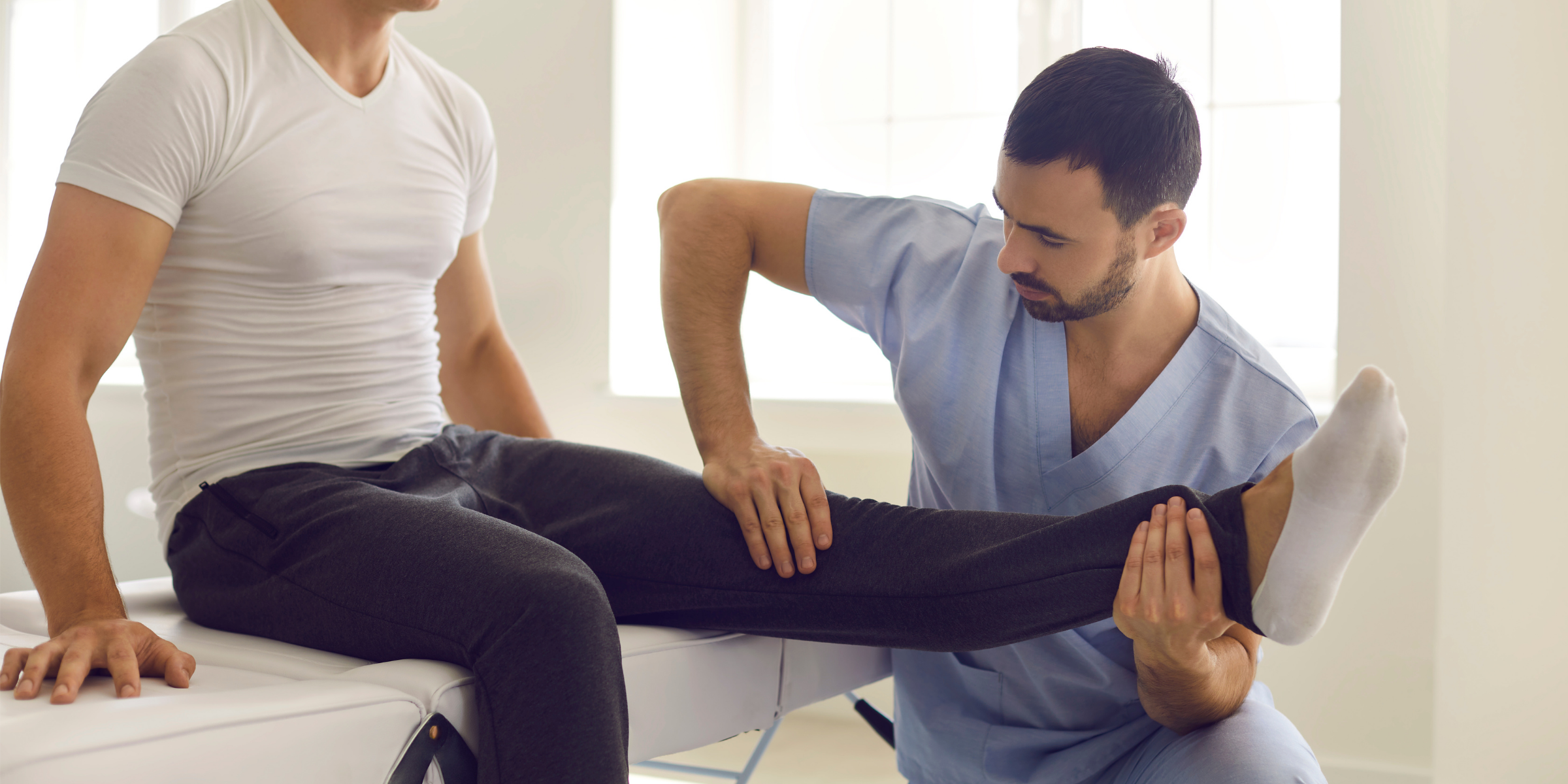Back and neck pain are both very common issues seen across all age groups. From poor posture, muscle overuse, or incorrect movement patterns, there are a ton of reasons why you may be experiencing pain in your neck or back.
Here are some signs that it may be time to seek professional help:
- You’ve been in pain for over a week
- Your pain is moving to other parts of your body
- You’re experiencing weakness, numbness, or tingling
- You have immediate pain after an accident (i.e. following a car accident)
- Your pain is worse during certain hours of the day or in certain positions
If you’ve answered yes to any of the above, follow along as we explore the fundamental role of kinesiologists and athletic therapists as rehabilitation specialists to help you address your pain and get you back to functional health.
Follow along to learn more!
What to Expect When Working with a Kinesiologist
Kinesiology offers in-depth knowledge and understanding of the complexity of human movement. Using progressive therapeutic exercises, kinesiologists are trained to treat and prevent injury and disease while also targeting and improving movement and motor performance.
This holistic approach combines fundamental concepts in anatomy, biomechanics, and human physiology to address and rehabilitate patients back to optimal physical health.
How Kinesiologists Can Help with Back and Neck Pain
Kinesiologists combine three essential principles when addressing pain and discomfort.
- Adaptation – using exercise and range of motion techniques, our body is capable of adapting and responding to physiological changes. For example, specific exercises can help reduce back and neck pain by building strength and flexibility while reducing fatigue and inflammation.
- Neuroplasticity – exercises improve the brain’s ability to adapt to changing stimuli by making structural changes from within. For example, exposure to rehabilitation exercises can “rewire” the brain to minimize pain sensitivity.
- Motor Redundancy – with exercise, the body is able to find unlimited pathways to accomplish the same movement patterns. Kinesiologists relieve back and neck pain by prescribing functional movement patterns that will improve strength and functional range of motion to reduce pain.
What to Expect When Working with an Athletic Therapist
Athletic therapy is a form of active rehabilitation that is used to treat a wide range of pain-causing mobility issues. Examples include muscle stiffness, injury, tension, weakness, or imbalance.
Athletic therapists help recognize, assess, manage, and rehabilitate musculoskeletal injuries. While many athletic therapists specialize in sports injuries, they are not limited to a single population. Instead, many highly trained athletic therapists work with people of all ages and types of injuries.
How Athletic Therapy Can Relieve Back and Neck Pain
Athletic therapy is another beneficial rehabilitation option for those suffering from back or neck pain. Using manual therapy techniques and therapeutic modalities, athletic therapists emphasize a whole-body approach to treating back and neck pain in patients.
Here are some common methods that athletic therapists use to treat back and neck pain.
Myofascial Release
Myofascia is a connective tissue that surrounds and supports our muscles. Oftentimes, injury or inflammation to the myofascial can result in chronic pain. Athletic therapists use this hands-on technique to minimize pain in the area and restore the function and motion of the tissue.
Trigger Point Therapy
If you have ever had a “kink” in your upper back or neck, you know just how painful and uncomfortable this can be. Trigger point therapy is a technique used to release or soften the kink to allow the muscle to relax. This is done by applying various levels of pressure to the site and then stretching the muscle through its full range of motion.
Friction Massage Technique
This form of manual treatment applies pressure on muscles, ligaments, and tendons to manipulate any strained or tight soft tissue to help it relax. Friction massages use deep pressure in a slow and controlled circular motion to increase blood flow and break up scar tissue.
Mobilization Techniques
Athletic therapists will often use mobilization techniques to help improve the function and mobility of soft tissues or joints as well as reduce overall pain in an area.
Examples of popular mobilization techniques include:
- Joint mobilization – this method targets synovial joints for the purpose of improving physiological range of motion. Applying a varying amount of pressure throughout the movement, cervical joint mobilization can be effective in relieving chronic neck pain symptoms.
- Mulligan mobilization – this manual technique encourages joint mobilization through either passive range of motion (therapist-assisted) or active range of motion (unassisted).
- Neural mobilization – this is a technique that targets the nerves, helping them glide through their pathways free from restriction during movement. Neural mobilization can be an incredibly beneficial method to reduce nerve pain and improve the range of motion through the thoracic and cervical spine.
Book with Wildewood Health Today
If your back or neck pain has become persistent or intolerable, it may be time to visit a kinesiologist or athletic therapist.
You should not have to put your life on hold to recover from your injuries. Book an appointment today and let us help get you back on track sooner. We look forward to working with you!





